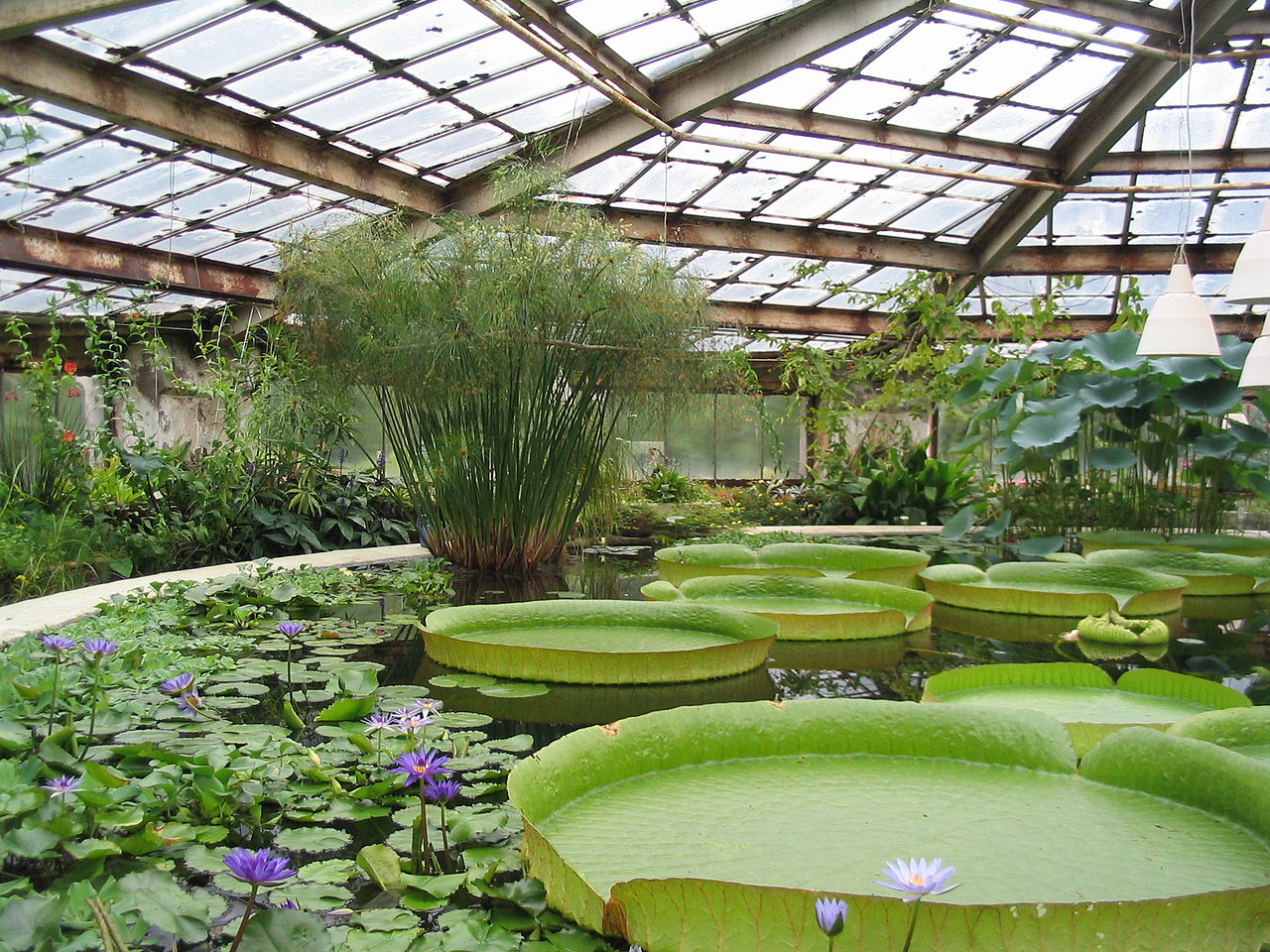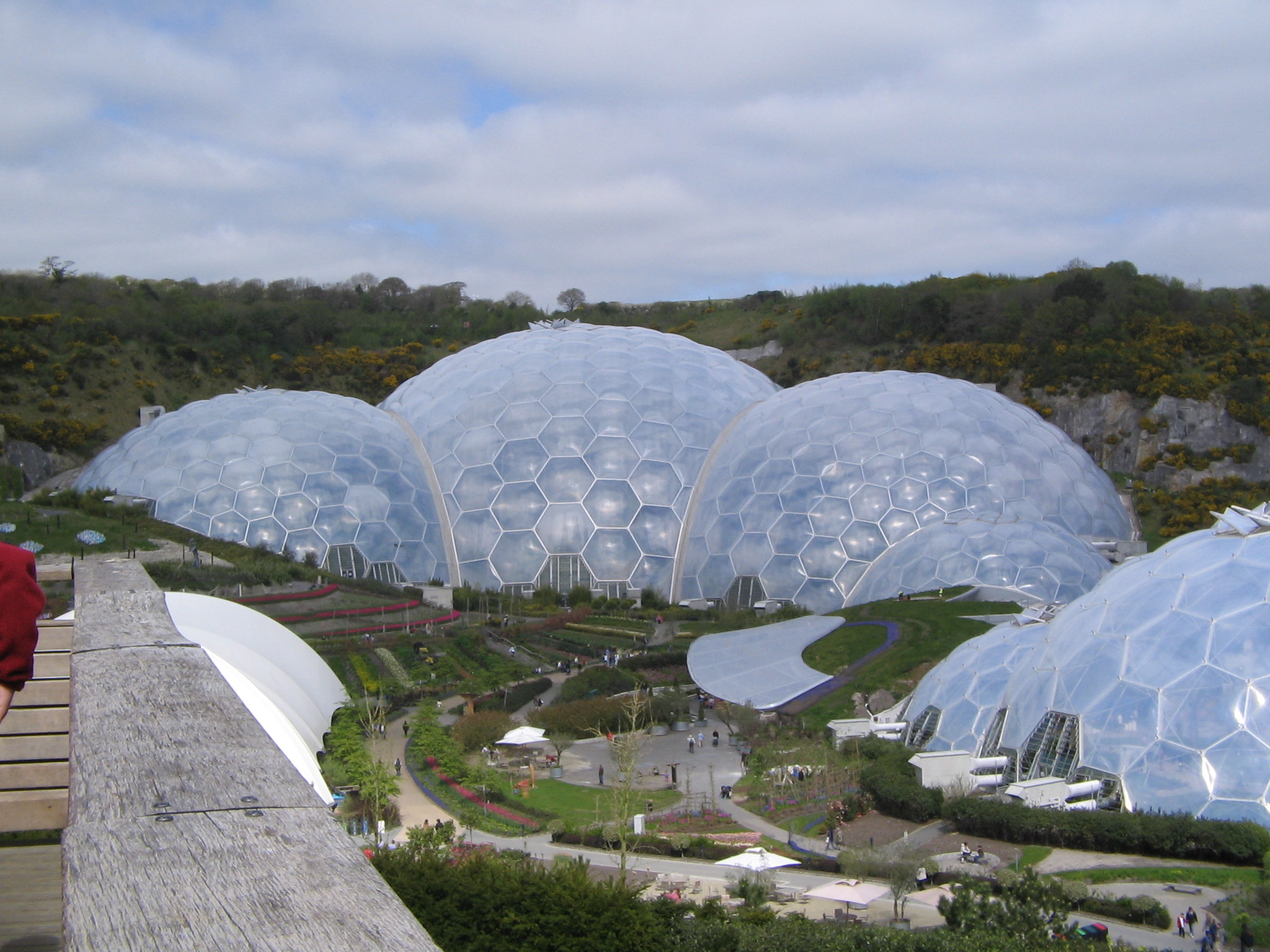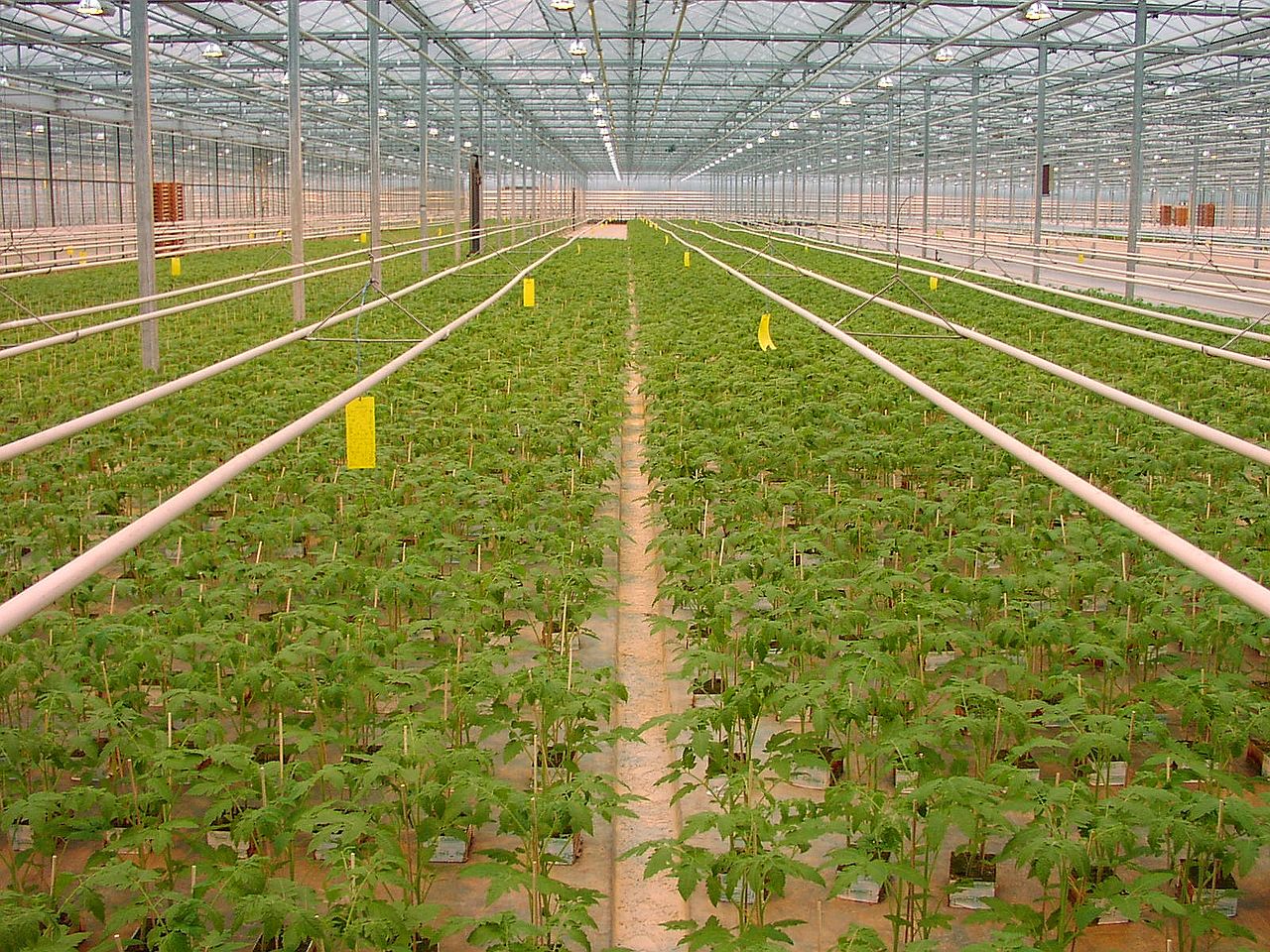The Greenhouse Effect Isn’t For Greenhouses [Hackaday]

Think of a greenhouse. It’s a structure with glass walls that lets light in and traps heat, all for the benefit of the plants inside. As for how it works, that’s elementary! It’s all down to the greenhouse effect… right?
Alas, no. So many of us have been mislead. Let’s rexamine how we think greenhouses work, and then explore what’s actually going on.
Green Me Up Scotty

While it’s true that greenhouses create a controlled environment conducive to plant growth, the science behind how they work is a tale often mistold. It all comes down to misconceptions around the greenhouse effect.
In reality, the greenhouse effect is not how greenhouses work at all. Instead, it’s an analogy we use to help explain the concept of the Earth retaining additional heat from sunlight. In the case of our planet, sunlight comes to Earth, and a great deal of that is shortwave radiation—visible light. Much of that light is absorbed by the Earth and reradiated as longer-wavelength infrared radiation. So-called “greenhouse gases” in Earth’s atmosphere capture that infrared radiation rather than letting it float back off into space. The higher the concentration of greenhous gases in the atmosphere, the more heat is trapped, and Earth warms up as a result. The “greenhouse effect”.

The naming of the greenhouse effect has led many to assume that greenhouses work the same way. After all, greenhouses are full of plants that absorb sunlight, right? And some of that is re-radiated as heat. Further supporting the idea is the fact that greenhouses are traditionally made of glass. Glass tends to absorb infrared radiation rather than letting it pass through—much like greenhouse gases in our atmosphere! It all makes sense!
And yet, that’s not how greenhouses really work at all. The tell is that you can build a greenhouse out of polyethylene. Unlike glass, polyethylene is quite transparent to the thermal wavelengths of infrared. If greenhouses relied on trapping infrared radiation for warmth, they wouldn’t work with the plastic at all. But they do!
Greenhouses aren’t really about radiation at all. Instead, they’re all about controlling convection instead.
Picture a bare patch of ground. As the sun shines on it, it heats up. The warm ground in turn heats up the air above it. The warmer air expands and becomes less dense, and rises up from the ground. It’s replaced by cooler air which again saps heat from the ground and through convection, carries away more heat in turn. In some cases, this effect can create a large rising column of warm air called a thermal—which is often enjoyed by gliders, hang gliders, and several species of birds.

Now picture that same patch of ground, but there’s a greenhouse sitting on top of it. The greenhouse and the ground warm up by the heat of the sun. However, this time, the air can’t go anywhere. The air trapped in the greenhouse keeps picking up energy from the sun all day, and from the ground at night. Without being able to flow anywhere, all that heat is trapped by the walls of the greenhouse. Thus, the greenhouse becomes warmer, and stays warmer, than the surrounding air. It’s all about preventing convection, not blocking radiation.
Airflow, or the lack of it, is key to how a greenhouse works. In fact, to control temperature in a greenhouse, ventilation is vital. It’s also important for regulating humidity and ensuring a supply of fresh air for photosynthesis of the plants inside. To this end, many greenhouses feature roof vents, side vents, and fans to expel excess heat and moisture and to draw in cooler, drier air when necessary.
Of course transparency still plays a role in the greenhouse. It allows the sun’s rays to penetrate the building and be absorbed by the plants inside. This is key for photosynthesis, and for raising the internal temperature in the first place.
It’s interesting how the simple choice of name for a widely-understood environmental effect could so skew the common understanding of how greenhouses work. The misconception obviously is further supported by the fact that it sounds right, but as we all know—in science, sounds right is rarely the same as actually right.
You can now use this nifty misconception as your go to “well actually…” fact when you’re trying to be annoying at a dinner party. You’re welcome!

![the-greenhouse-effect-isn’t-for-greenhouses-[hackaday]](https://i0.wp.com/upmytech.com/wp-content/uploads/2024/03/174200-the-greenhouse-effect-isnt-for-greenhouses-hackaday.png?resize=800%2C445&ssl=1)